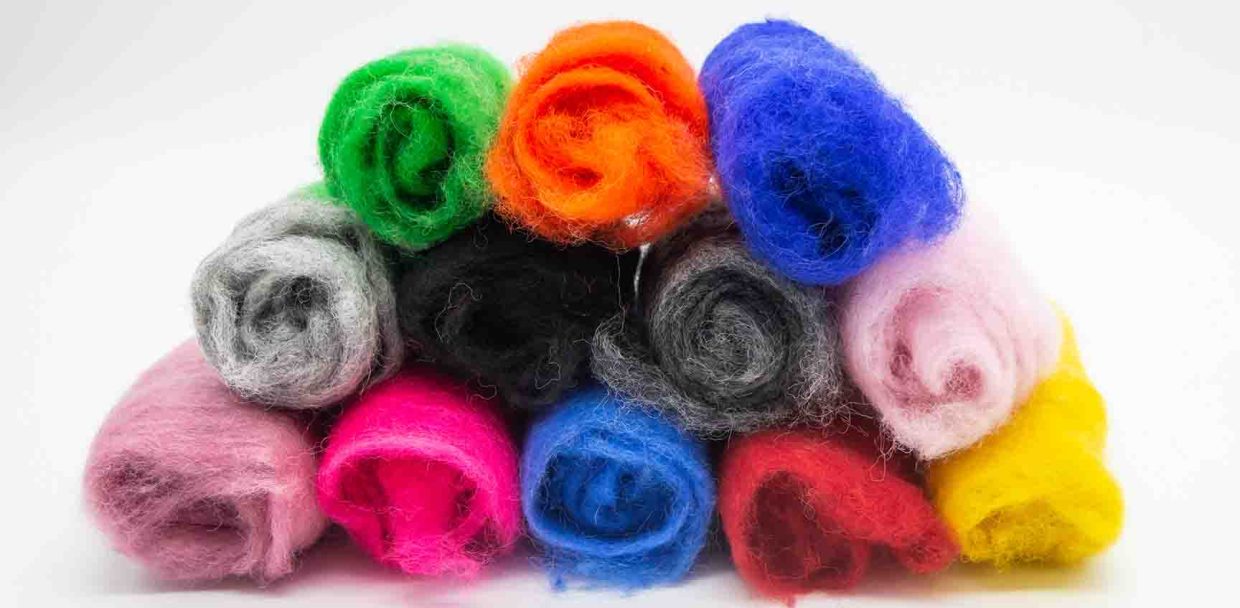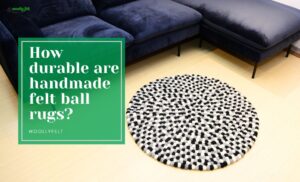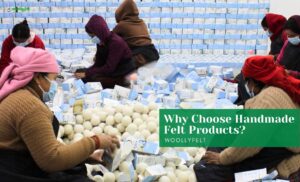Wools are the most lovable fabric during those cold and winter times. They give a warm feel to the skin and are a great fashion statement.
Not only as clothing but it can also be used for making other different things like rugs, coasters, wall decorations, and more. They add a great touch to the rooms as well.
Wools are obtained mostly from animals like sheep, goats, rabbits and other furry animals Based on their characteristics, places of origin, animals obtained from, they are available in many options.
Lambs Wool
This type of wool is sheared from young sheep of around seven months. The wool is obtained from the first shearing of the lamb so it is also called virgin wool. This type of wool is very soft, hypoallergenic, and breathable. This type of wool can be produced once in the lifetime of the lamb so, it is quite expensive due to the low availability of this wool. Lambswool is most favored among knitters and spinners.Mohair Wool
This wool is obtained from the fiber of Angora goats. Mohair is derived from the Arabic word ‘mukhayyar’ literally meaning ‘goats hair fabric’. This type of goat is only raised in turkey. Due to environmental conditions, angora goat has developed the ability to develop unique coats which are sheared to form mohair wool. Mohair wool is quite softer than sheep wool. It has elastic properties and is crease-resistant. They are not very flammable. Due to its high luster and sheen properties, this type of wool is mostly mixed or blended with other fabrics to provide that qualities. Also to provide elasticity quality to the fabric.Angora Wool
This type of wool is obtained from the angora rabbits. As it is harvested from rabbits, it is also called rabbit wool. This type of wool is famous for its thin fibers, fluffiness, and soft properties. With the high breathability of the materials, it is great for producing sweaters, cardigans, gloves, etc. The material is hypoallergenic, unlike other animal-derived wool which makes it suitable for people with animal allergies. It is a luxurious fiber, as the production process is very complicated and the rabbit requires great care to produce usable fiber.Merino Wool
This type of wool is obtained from the Merino sheep raised across Australia. It used to be worn by the royals but is now accessible to everyone It gives a great feel to the skin. It can help regulate and balance the temperature of the body. Unlike other wool, it is skin-friendly and doesn’t cause itchiness. It also transports the sweat away of the wearer making it suitable for high-performance sportswear. The durability and the characteristic of the wool make it possible for any project.Shetland Wool
Shetland wool is obtained from the coat of a small, wool-producing breed of sheep called shetland sheep. This kind of sheep is originated from Shetland Isles. It is thicker and coarser compare to other wool. It is of durable but soft nature with the finest feel. The fibers are long, fine, and wavy and are available in different natural colors like white, black, and reddish-brown. This type of wool is wonderful for knitting due to its great characteristics.Cashmere Wool
Cashmere wool can be obtained from cashmere (Kashmir) goats, also called pashmina goats. The down undercoat of the Kashmir goat is sheared then the de-hairing process is done to separate coarse from the fine hair. Then it is dyed and made into different fine coats, dresses, suits, and high-quality knitwear. This type of wool is warm and comfortable to wear. Although it is weaker than other fine wool or mohair it is very much famous. Clothing made from these types of wool is very much in demand in the market and is also on the pricey side.Camel Hair
Camel hair is obtained from camel as the name suggests. It is harvested in the spring of every year. During this time camel starts shedding its coat. Within 6 to 8 weeks of the spring, the fibers can be obtained. The hair has a beautiful natural color, light brownish so most of the time rather than dying, it is left with natural color. Camel’s hair has two components, guard hair, and an undercoat. Guard hair is the outer protective hair of the camel, it is coarse and inflexible. It is mostly woven into a haircloth. The undercoat is shorter and finer than guard hair which makes it suitable for, making a textile for coats. Camel’s hair has better insulation compared to other available wools. Due to the harvesting process, it is hard to obtain.Alpaca wool
Alpaca wool is harvested from alpaca. Normally two types of alpaca of Huaca and Suri breed are raised for the alpaca wool. Depending on the way it is spun it can be heavy or light. It has a crimpy texture and spongy appearance making it look crimpy as you work with it. The material has no lanolin, so it is hypoallergenic to the skin. The fiber is high insulative making it suitable for winter wear. This is kinda elastic which makes it easy to knit. This type of fiber is mostly woven with other fiber to create clothes, as a pile fabric or for coating a lining in the outerwear. It is used for making socks, fleece, jackets, hats, and many fashionables wear.Qiviut Wool
The wool harvested from a hoofed mammal, Murkox of the family Bovidae is called Qivuiirt wool. This type of wool is obtained naturally rather than shearing the animal. It is collected during the molting period of the animal. Large chunks of wool are plucked or collected from the objects animal have brushed. This type of wool is stronger and warmer and softer compared to cashmere. They handle excessive damages as they do not shrink and peel easily and they are brownish-grey in color. The higher warmth rate and less allergenic properties make them suitable for bodywear.Vicuna Wool
It comes from a small llama liked animal called Vicuna. It is the most expensive wool costing up to 3000$ per yard. They are hard to obtain as well due to the strict guidelines regarding the process of harvesting and selling the vicuna wool. This type of wool is sensitive to any sort of chemical treatment due to which they are not dyed. They are left in their natural color preventing any sort of chemical process. They are used for producing socks, accessories, shawls, suits, insulation for coats, and more.Amazing facts about wool
- The use of wool had been used to make clothing since the stone age
- Wool is renewable and biodegradable making it the best alternative fashion option for every environmentalist
- Wool has properties of natural UV protection for animals as well as the wearer
- Hosiery was made from wool during medieval times
- The single fiber of the wool is thinner than the single strand of human hair
- Even in damp conditions, wool can keep you warm




